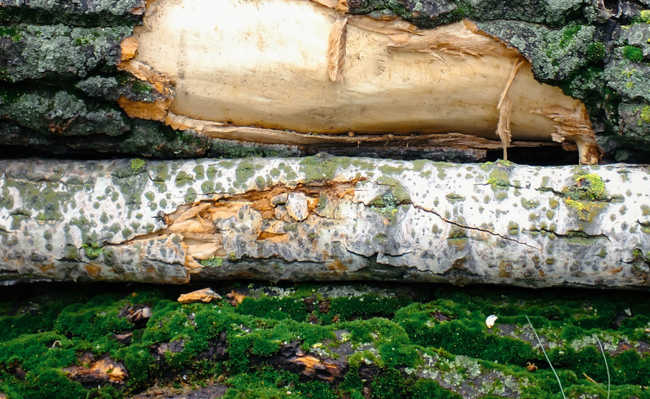Understand the bioeconomy
The bioeconomy proposes the intelligent use of resources to ensure social and environmental well-being

Edited and resized image of Denis Agati is available on Unsplash
Moving towards sustainable development has definitely become urgent on society's agenda. Even in the business world, sustainability is at stake. Companies that previously thought only about profit, now optimize their processes through corporate sustainability. Another field of studies concerned with conscious consumption and in balance with the environment is the bioeconomy, or sustainable economy. The objective of the bioeconomy is to be an economy focused on the use of biologically based, recyclable and renewable resources, that is, more sustainable.
Today, sustainability is an imperative for the success of companies, which increasingly need to deliver added value and lifestyle, not just goods. Concern for the environment becomes a competitive advantage in increasingly demanding and challenging markets. In this way, the longevity of the brand is increased, due to the strengthening of its reputation and credibility.
For sustainable development, businesses must be supported by good governance practices, with social and environmental benefits. This methodology influences economic gains, competitiveness and the success of organizations.
Why is sustainability so important to the economy? The population grows in number and consumption capacity; with this, the demand for the use of natural resources increases in an unsustainable way. The use of non-renewable matrices tends to depletion and pollution of the environment. To break this paradigm, there are economic concepts that propose a new way of managing society, such as the Circular Economy and Bioeconomy.
What is bioeconomy?
Bioeconomy is closely linked to the improvement of our development, in the search for new technologies that prioritize the quality of life of society and the environment in its elaboration axis. It brings together all sectors of the economy that use biological resources.
The concept emerged half a century ago. The Romanian economist Nicholas Georgescu-Roegen embraced the principles of biophysics in the economic sciences. In Roegen's view, the production process of material goods reduces the availability of energy for the future and, consequently, affects the possibility of new generations to produce more material goods. Entropy, a concept defined by the German physicist Clausius in 1850, plays a central role in bioeconomy. Energy needs to be included in the analysis of economic processes. The total energy of the universe is constant, but the total entropy is continually increasing, meaning we have less and less usable energy. High value (low entropy) natural resources are turned into worthless (high entropy) waste. These concepts from biophysics may seem a little complicated, but they basically mean that a technology is not viable unless it is able to sustain itself without reducing the stock of non-renewable resources.
Thus, the bioeconomy emerged to enable efficient and coherent solutions to contemporary socio-environmental problems: climate change, global economic crisis, replacement of fossil energy use, health, population's quality of life, among others.
The European Commission, for example, to achieve this goal, established the bioeconomy as a strategy and action plan that focuses on three fundamental aspects: development of new technologies and processes for the bioeconomy; development of markets and competitiveness in the bioeconomy sectors; encouragement for policy makers and stakeholders to work together.
The goal is an innovative, low-emission economy that reconciles the requirements for sustainable agriculture and fisheries, food security, and the sustainable use of renewable biological resources for industrial purposes, while ensuring biodiversity and environmental protection.
The bioeconomy encompasses not only traditional sectors such as agriculture, forestry and fisheries, but also sectors such as biotechnology and bioenergy.
Conceptually, we can define the bioeconomy as the application of biological knowledge, in a sustainable environment, to competitive products and with the aggregation of economic operations. It is dependent on research in biosciences, information technologies, robotics and materials.
Modern biotechnology already enables the creation of many products and processes that suit the bioeconomy, such as renewable energy, functional and biofortified foods, biopolymers, biopesticides, medicines and cosmetics. With the advances in synthetic biology, the trend is that more and more biopharmaceuticals, bio-inputs and bioproducts appear. By all appearances the future will definitely be bio .
Brazil and the bioeconomy
Brazil has enormous natural wealth, which opens a window of opportunity for its leading role in the global bioeconomy. In addition, the country's competence in bioenergy, agricultural skills and biotechnology makes Brazil a leading player in this scenario. In order to meaningfully participate in this challenge, it is important to ensure space for innovative products and bio-based processes, in vital segments such as agriculture, healthcare, and the chemical, materials and energy industries. The country needs to adopt policies that encourage researchers, scientists and environmentalists, while facilitating access to the vast genetic heritage of our territory.










